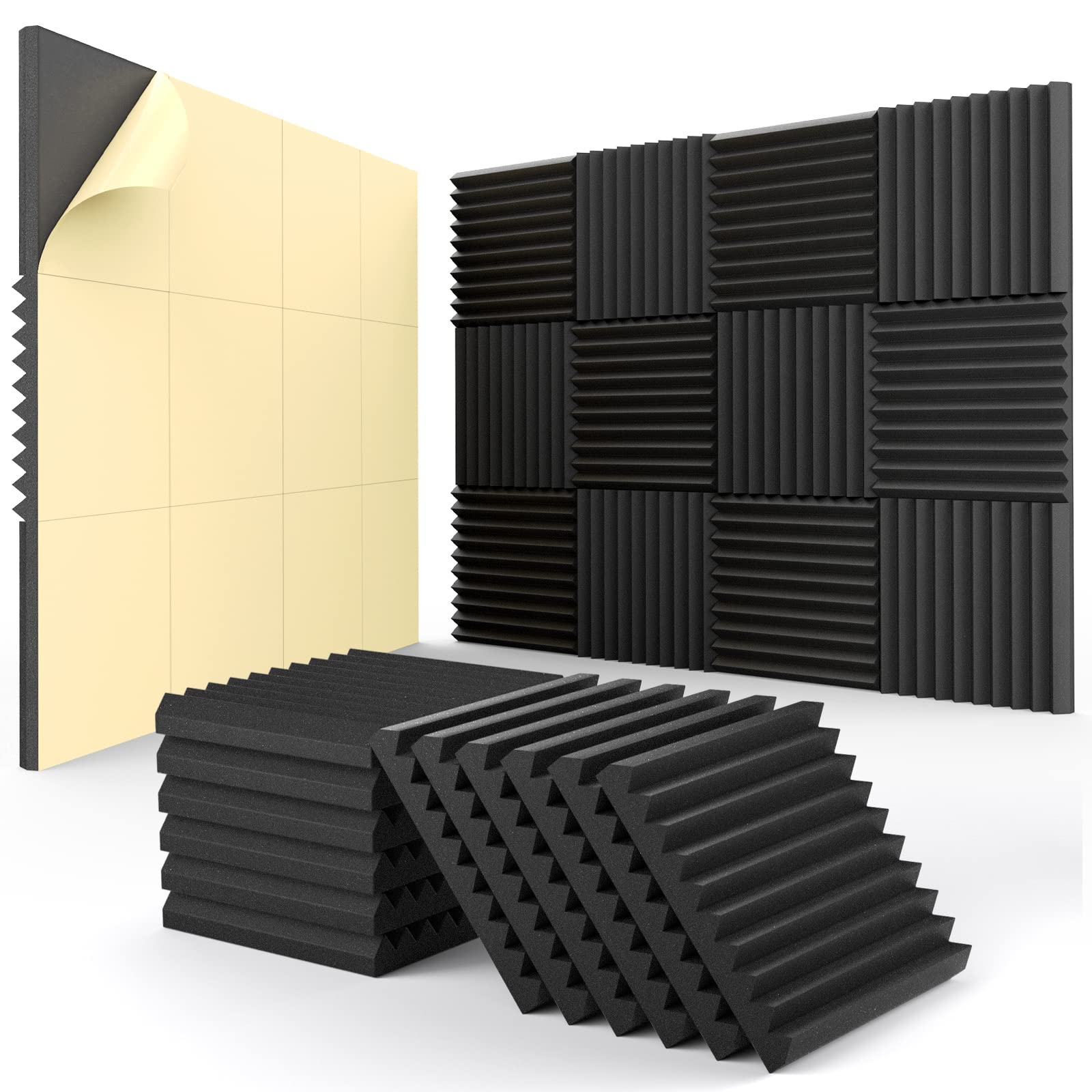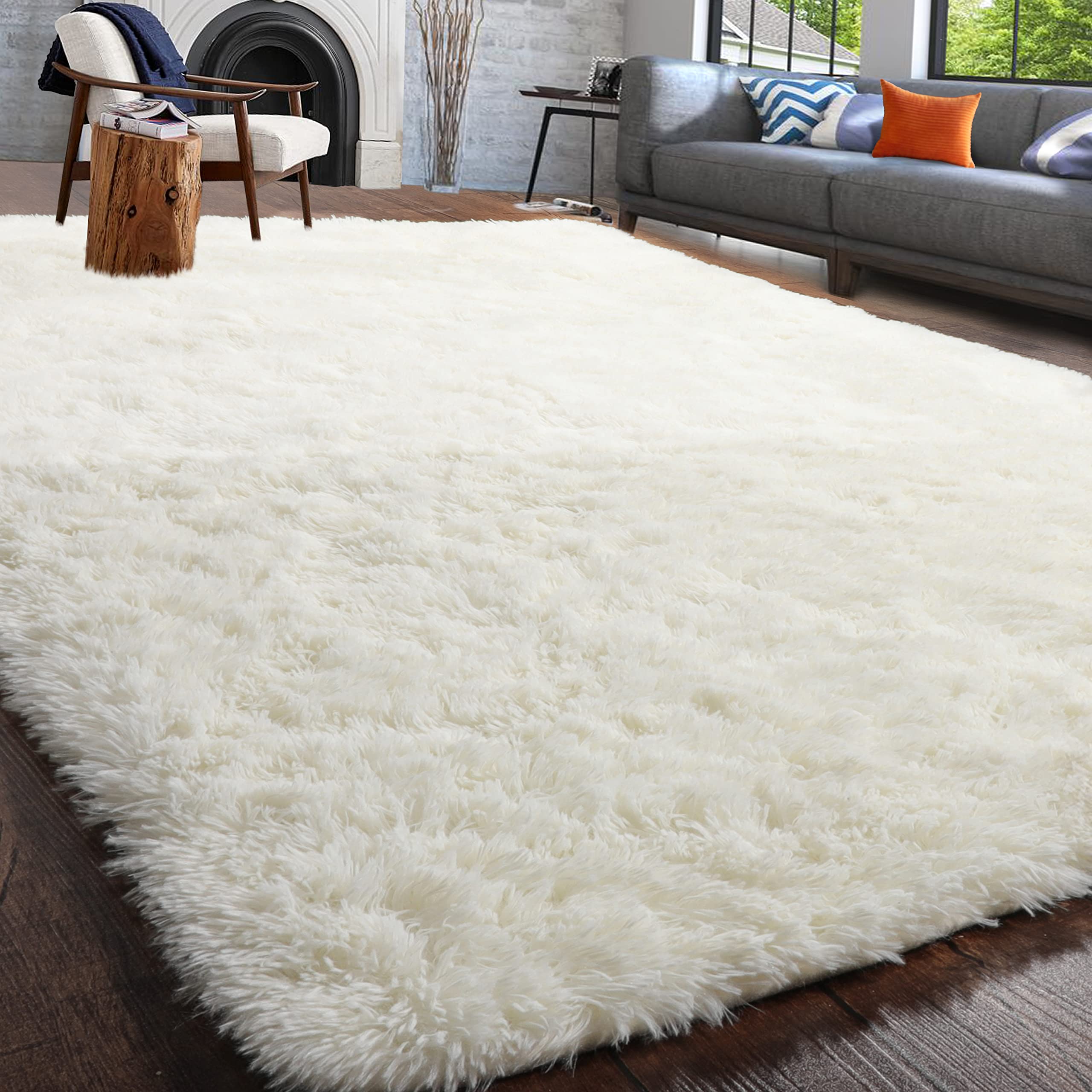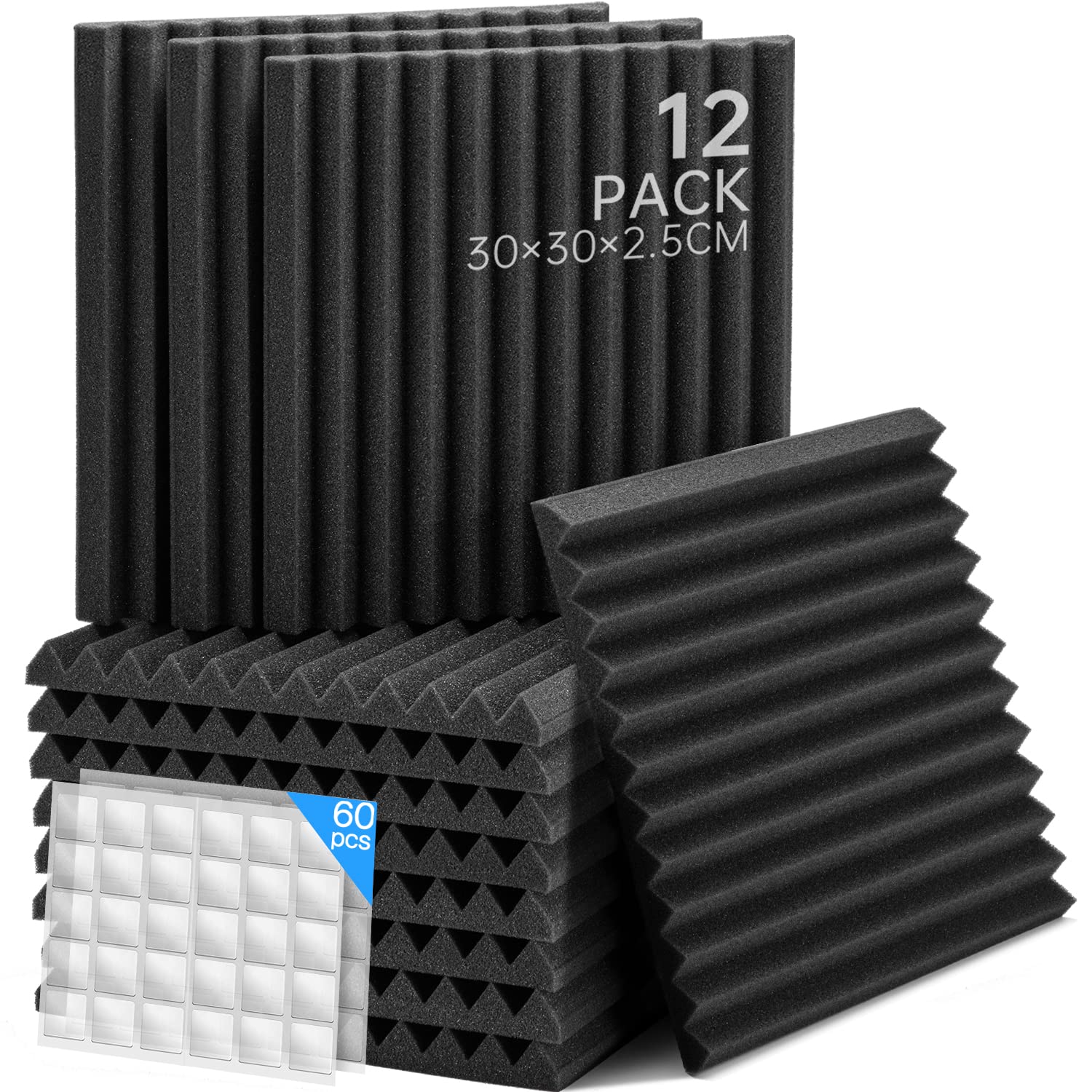Quiet and harmonious living environments are essential for our well-being. However, when the upstairs neighbors engage in excessive stomping, it can disrupt our peace. In this article, we explore ten proven and polite ways to kindly ask our neighbors upstairs to cease their noisy stomping, promoting a more serene and enjoyable living experience for all.
Engage in Honest Dialogue
Engaging in honest dialogue is crucial when addressing the issue of noisy upstairs neighbors. Start by expressing your concern politely, emphasizing the impact the stomping noise has on your daily life. Be understanding and acknowledge that they may not be aware of how loud they are. Instead of immediately resorting to complaints or involving a lawyer, opt for a conversation where you can calmly discuss the issue and potential solutions. Show gratitude if they are receptive to your concerns and willing to make changes. If necessary, familiarize yourself with noise regulations in your area and kindly share this information with them.
Keep a record of the noise disturbances, documenting dates and times to present to your landlord as evidence.
Utilize Soundproofing Techniques

Utilize soundproofing techniques to address the issue of upstairs neighbors stomping. Begin by assessing the problem areas in your apartment where the noise is most disruptive. Consider using materials such as acoustic panels or rugs to absorb and reduce noise. Additionally, strategically place furniture or bookcases against shared walls to create a sound barrier. Having a conversation with your neighbors is a polite and effective approach.
Express your concerns calmly and respectfully, emphasizing the impact the noise has on your daily life. Offer potential solutions, such as suggesting carpeting or area rugs in their living space. If the issue persists, consult your landlord or consult a lawyer familiar with noise regulations to explore further options.
Consider Soft Floor Coverings

Consider soft floor coverings as a solution to address the issue of stomping from your upstairs neighbors. By installing thick carpets or rugs, you can significantly reduce the impact noise and vibrations. Express your gratitude for their understanding and cooperation in resolving the noise disturbance. Politely explain the impact of the noise on your daily life and request their cooperation in minimizing it.
Refer to the apartment’s noise regulation policy if applicable. Be honest about your experience and how the noise affects you. Patience is key in resolving this issue, as it may take time for your neighbors to adjust their habits. Consider suggesting concrete solutions such as using sound-absorbing materials or rearranging furniture to create more space.
Keep a record of the incidents to support your complaint if necessary.
Experiment with White Noise or Music
Experimenting with white noise or music can be an effective way to drown out the sound of stomping from upstairs neighbors. White noise is a constant, soothing sound that can help mask other noises, while music can provide a distraction. Try playing white noise or soft, instrumental music at a low volume to create a more peaceful environment in your home. Different types of white noise or music may work better for you, so it’s worth experimenting to find what works best. Consider using a white noise machine, a fan, or even a smartphone app to generate the desired sounds.
Contemplate Legal Action as a Last Resort
If all else fails, contemplating legal action can be a last resort when dealing with noisy upstairs neighbors. While it’s important to exhaust all other options first, sometimes legal intervention is necessary to resolve the issue. Before taking this step, consider the potential impact it may have on your relationship with your neighbors and the community. Consult local noise regulations and seek legal advice to understand your rights and options.
Keep in mind that legal action can be a lengthy and costly process, so weigh the pros and cons carefully. If you do decide to proceed, document all instances of noise disturbance and gather evidence to support your case.
Involve Your Landlord or Property Management
If your upstairs neighbors continue to stomp despite your polite requests, it may be time to involve your landlord or property management. Start by documenting the incidents, noting dates and times of the noise disturbances. This documentation will be crucial when presenting your case. Approach your landlord or property management in a calm and honest manner, expressing your concerns about the noise and how it is affecting your quality of life.
Politely request their assistance in resolving the issue. They may be able to speak with the upstairs neighbors or remind them of noise regulations.
Try a Friendly Written Note
One effective way to address the issue of upstairs neighbors stomping is by trying a friendly written note. In this note, politely express your concern about the noise and kindly ask them to be more considerate. Be honest about how the noise is affecting you and your daily life. It’s important to remain patient and understanding, as they may not be aware of the impact their stomping is having. Consider mentioning any relevant noise regulations in your building or community. You can also suggest alternative solutions, such as using rugs or carpeting to minimize the noise.
Look into Acoustic Insulation Options

| Acoustic Insulation Options |
|---|
1. WeatherstrippingInstall weatherstripping around doors and windows to reduce noise leakage. |
2. Acoustic PanelsHang acoustic panels on walls to absorb sound waves and reduce echo. |
3. Carpet and RugsAdd carpets or rugs to your floors to minimize impact noise. |
4. Soundproof CurtainsUse heavy, soundproof curtains to block outside noise and reduce sound transmission. |
5. Door SweepsInstall door sweeps to seal gaps at the bottom of doors and prevent noise from entering. |
6. Soundproof WallpaperApply soundproof wallpaper to walls to reduce sound transmission. |
7. Ceiling InsulationAdd insulation above your ceiling to minimize airborne sound. |
8. Double GlazingInstall double-glazed windows to reduce noise from outside. |
9. Wall InsulationInsulate your walls to improve soundproofing and reduce noise transfer. |
10. Acoustic SealantUse acoustic sealant to fill gaps and cracks in walls, floors, and ceilings for soundproofing. |
Explore Moving or Changing Units

If all else fails, it may be time to explore moving or changing units. While this should be considered a last resort, sometimes it’s the best solution for your peace of mind. Before making any decisions, evaluate your options and weigh the pros and cons. Research the availability of other units within the building or consider moving to a different building altogether.
Investigate DIY Sound Dampening Solutions
If politely asking your upstairs neighbors to cease their stomping hasn’t resolved the issue, it may be time to explore DIY sound dampening solutions. By taking matters into your own hands, you can create a more peaceful living environment without escalating the situation.
Research different soundproofing techniques and materials that are suitable for your specific situation. Consider options like acoustic panels, weatherstripping, and floor mats. These can help reduce impact noise and vibrations.
Experiment with different methods to find what works best for you. Start with the most cost-effective solutions, such as adding rugs or using furniture pads under heavy objects. If needed, consider more extensive measures like applying mass-loaded vinyl or installing soundproof curtains.
Remember to document your efforts and any changes in noise levels. This can be helpful if the issue persists and you need to escalate the matter further.

